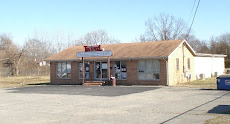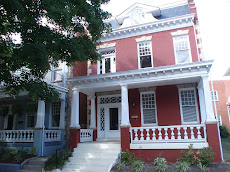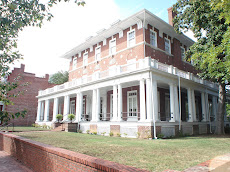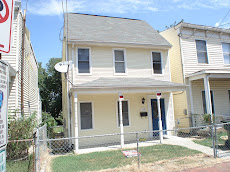Rethinking the neighborhood from the safety of my cul-de-sac
January 8, 2010 by Thomas Bowden
I live on a cul-de-sac – that’s fancy French for “bottom of the bag.” Funny how things with foreign names don’t sound so special when you actually do the translation. We moved there when our children were small because we were sure it was safer from traffic. Other factors in our decision were the excellent school district, the location of our friends and good access to malls and major roads.
Confident in our assumptions, we and millions more have eagerly sought and bid up the prices for houses on these curious streets to nowhere. In so doing, we have dramatically changed the patterns of suburban transportation and development, and literally cast in stone a transportation design that, as it turns out, is not really safer after all.
It turns out that although cul-de-sacs might reduce the possibility of children being hit by cars from outside the neighborhood on their way from Point A to Point B, studies show that children might face a greater risk of being backed over by their neighbor’s SUV while they play in the “safe” little cul-de-sac.
And when those children grow up and start driving, they face another unintended consequence of our single-minded pursuit of safety. It’s not surprising that accidents are correlated with miles driven and time on the road, and that fatality increases with traffic speed. The cul-de-sac model, with its sealed-off neighborhoods feeding larger thoroughfares and arterial roads, makes drivers spend more time driving greater distances at higher speeds than if more neighborhoods were laid out as grids with through streets. Therefore, cul-de-sacs can lead to more fatalities – but at least not in your front yard.
Cul-de-sac supporters argue that such communities are safer from crime, because the traffic is composed almost entirely of neighborhood residents. But when you consider that the streets of grid neighborhoods can be patrolled more frequently and thoroughly with fewer police cars, and that response time can be much faster, it’s not at all clear that this is the case. Emergency services are compromised as well, especially if it snows, because the cul-de-sacs are the last roads to be plowed. This poses an extra hardship and risk for the elderly.
The cul-de-sac model discourages the development of traditional neighborhoods. We are all packed in together, but we rarely venture deeper into the neighborhood than our own street, because all of our trips require us to leave the neighborhood, rather than traverse it. The lack of sidewalks also plays a role, making it harder for kids to walk or ride their bikes to neighborhood parks or schools. Just getting to a park or a playground requires a car trip, even if you are just “across the street.” In my first neighborhood, I could almost throw a football to Deep Run Park from my back yard, but it was a two-mile drive to get the kids there. With the loading of trikes and bikes and baby dolls, a simple outing became a major logistical undertaking. Needless to say, our kids played in the street more often than at the park.
Fortunately, in a landmark move that has received national attention, the Kaine administration passed legislation that should lead to fewer cul-de-sac developments. It is too early to tell, of course, but we have cause for optimism. Ultimately, the move away from the cul-de-sac development model might mitigate the need for more major thoroughfares by making neighborhoods more walkable (and bikable), thereby reducing average trip lengths and spreading traffic over more smaller and slower streets, reducing congestion and commuting time.
As a bike commuter, I applaud this new direction, and I hope it will be the beginning of a trend. The more we can walk or bike to our destinations, the healthier we will be and the more we will truly get to know our neighbors. That factors into safety, too. And with today’s epidemic of obesity in our children, we owe them the opportunity for regular and unscheduled exercise. Travel soccer, organized swimming and the like are great (in moderation), but there is something special about a good old neighborhood touch-football scrimmage, and I fear too many of our kids have missed it.
So if you live on a cul-de-sac, like me, don’t beat yourself up – you are not alone. But don’t give up on finding better ways to build our communities while solving our massive transportation issues.
Subscribe to:
Post Comments (Atom)














































No comments:
Post a Comment